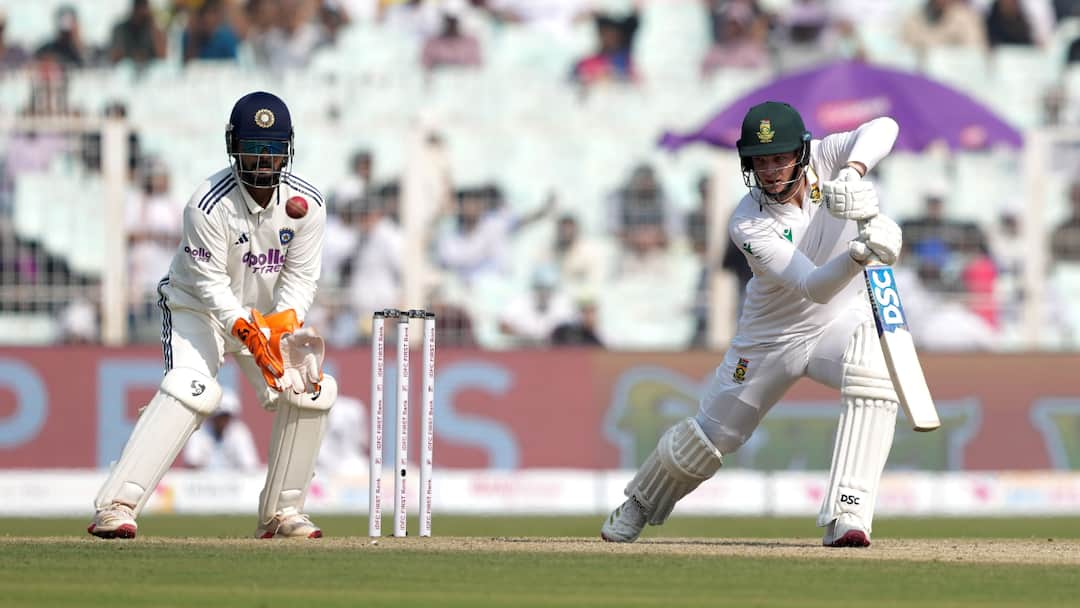Delhi continues to grapple with persistently ‘very poor’ air quality as pollution levels remain alarmingly high. The city’s overall Air Quality Index (AQI) stood at 360 at 6 AM on Monday, as per the Central Pollution Control Board (CPCB). Unfavourable meteorological conditions and a dip in temperatures have trapped pollutants close to the surface, worsening the breathing conditions for residents.
On November 16, the national capital recorded its coldest November day in three years, with temperatures falling to 9°C – around 4.5 degrees below normal. The previous lowest November temperature was logged on November 29, 2022, at 7.3°C. Last year, the coldest day of the month was recorded on November 29 at 9.5°C.
With a dense layer of smog hanging over Delhi, relief remains unlikely. Weather forecasts for the next six days indicate no chance of rainfall, suggesting pollution levels will persist.
Data from CPCB’s Sameer app shows six monitoring stations registering AQI in the ‘severe’ category, with Bawana reporting the highest pollution levels. NSIT Dwarka, Lodhi Road, and Dilshad Garden recorded comparatively better readings, falling in the ‘poor’ category. Most other stations reported AQI between 301 and 400, classified as ‘very poor’ under CPCB norms. As air quality dipped into the ‘severe’ range last week, primary classes across Delhi-NCR shifted to hybrid mode.
In its latest release, the India Meteorological Department (IMD) noted, “The minimum temperatures will be below normal (-1.6 to -3.0) to appreciably below normal (-3.1 to -5.0 °C) during next 05 days… Mainly clear sky Shallow fog at most places & moderate fog at isolated places during morning hours on 17th November 2025. Partly cloudy sky on 18th & 19th November 2025 with shallow to moderate fog during morning hours from 18 to 22 November 2025.”
Temperature Outlook
Delhi’s minimum temperature is expected to range between 8°C and 10°C, while the maximum is likely to settle between 24°C and 26°C.
Pollution Curbs and Enforcement
On November 11, the Commission for Air Quality Management (CAQM) activated Stage 3 of the Graded Response Action Plan (GRAP), imposing tighter restrictions on construction activities, vehicular movement, and industrial operations. The Supreme Court has also directed Punjab and Haryana to submit status reports on measures taken to curb stubble burning.
According to an ANI report, CAQM is now assessing a proposal to install dust sensors along major stretches of Delhi and the National Capital Region, a move aimed at tracking road dust, a significant contributor to the capital’s particulate pollution load, alongside stubble burning and vehicular emissions.



